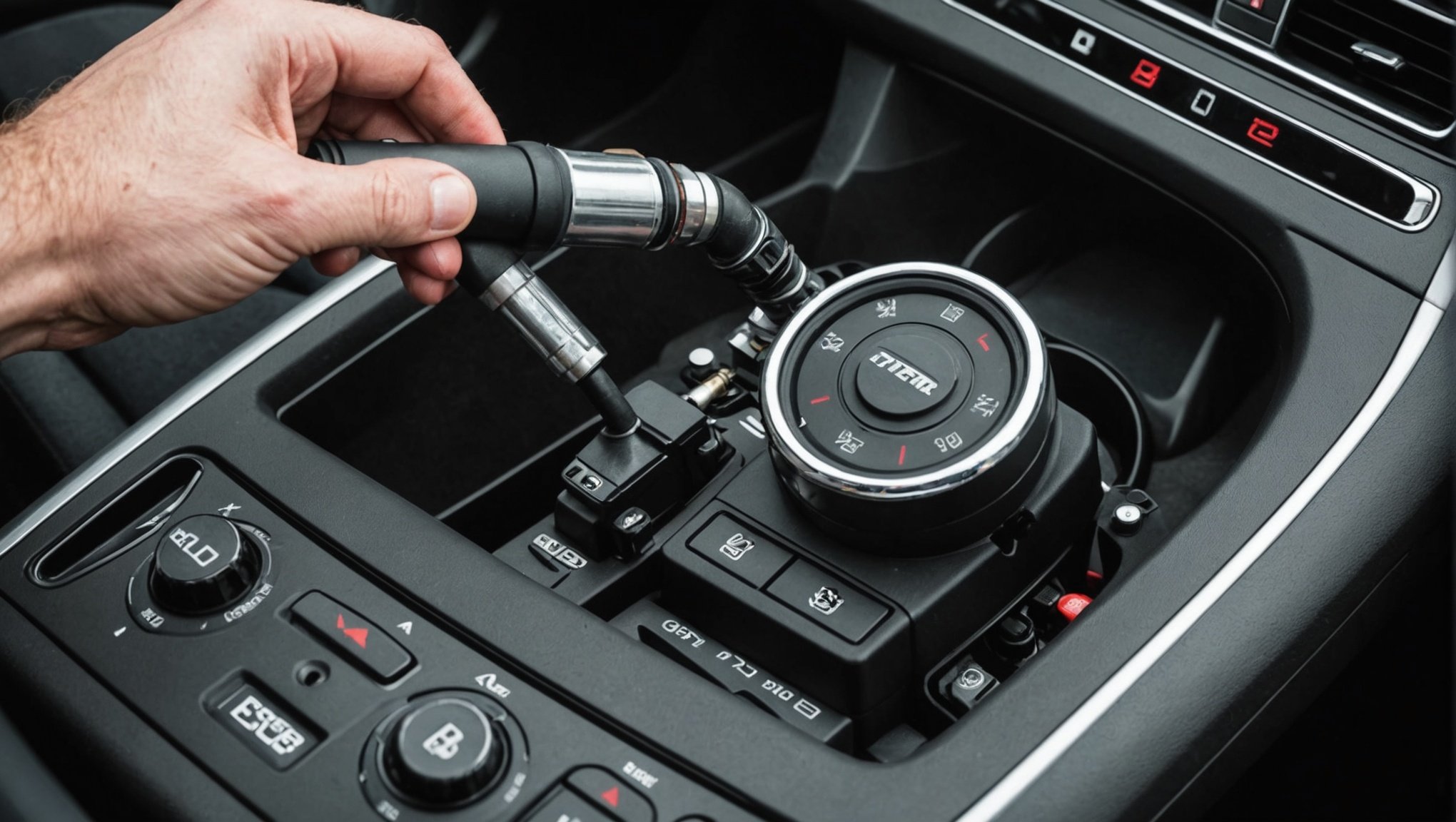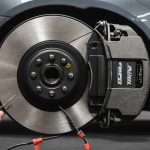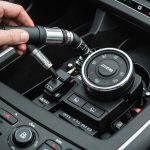In the hustle and bustle of UK cities, a responsive throttle can transform your driving experience. Upgrading your city car’s performance isn't just about power; it's about precision and control. Discover the top aftermarket modifications that enhance throttle response, ensuring a nimble ride through urban roads. From tuning options to hardware improvements, these upgrades will elevate both your vehicle's efficiency and your enjoyment behind the wheel. Ready to give your city car the boost it deserves?
Key Aftermarket Upgrades for Throttle Response
Enhancing throttle response in UK city cars can significantly improve drivability and overall performance. One popular aftermarket modification is the installation of throttle controllers. These devices adjust the electronic throttle control, reducing lag and providing a more immediate response when the accelerator is pressed. This can be particularly beneficial in stop-and-go city driving, where quick acceleration is often necessary.
Also to discover : Ultimate Guide to Installing a 360-Degree Dashcam in Your British Car for Complete Coverage
Another effective throttle response upgrade involves performance chips. These chips modify the engine's control unit settings, optimising fuel delivery and ignition timing. As a result, drivers experience more power and a smoother ride, making urban navigation more enjoyable and efficient.
Upgrading the intake system is also crucial for improved airflow. A high-performance intake system allows the engine to breathe better by increasing the volume of air entering the engine. This not only enhances throttle response but also boosts overall engine efficiency. Improved airflow can lead to better fuel economy and increased power, making it a valuable investment for city car owners seeking enhanced performance.
Also read : Ultimate Guide to Changing Differential Oil in UK Off-Road SUVs for Peak Traction
In summary, these aftermarket modifications – throttle controllers, performance chips, and upgraded intake systems – can transform the driving experience, providing more responsive and enjoyable city car journeys.
Exhaust Modifications and Their Role in Throttle Response
Enhancing throttle response can be achieved through strategic exhaust upgrades. These modifications not only lead to performance gains but also offer sound improvement, adding a sporty tone to your city car.
Types of Exhaust Systems
Exhaust systems come in various forms, each offering distinct advantages. Cat-back systems replace the exhaust components from the catalytic converter to the tip, providing a balance between performance and cost. In contrast, axle-back systems replace only the rear section, offering sound enhancement with minimal performance impact.
Benefits of High-Performance Exhausts
High-performance exhausts significantly enhance throttle response by reducing back pressure, allowing exhaust gases to exit more efficiently. This results in increased horsepower and torque, making city driving more dynamic. Additionally, these systems often improve the vehicle's sound profile, providing a deeper and more aggressive tone.
Potential Cost and Installation Considerations
The cost of exhaust modifications can vary. Cat-back systems are generally more expensive due to their comprehensive nature, while axle-back systems are more budget-friendly. Installation costs depend on the complexity of the system and the vehicle model. It's essential to consider both parts and labour when planning an upgrade.
Compatibility and Integration of Upgrades
Ensuring aftermarket compatibility with your specific car model is crucial when considering throttle response upgrades. Not all modifications are universally compatible, and installing incompatible parts can lead to performance issues or even damage. Always verify that each component, such as throttle controllers or performance chips, is designed for your vehicle's make and model.
Integrating multiple upgrades seamlessly requires careful planning. It's essential to understand how each modification interacts with others to maximise their collective benefits. For instance, combining a high-performance intake system with a compatible exhaust upgrade can enhance both airflow and exhaust efficiency, leading to improved throttle response and power.
Here are some installation tips to ensure success:
- Consult your vehicle's manual and the product's instructions before installation.
- Consider professional installation for complex modifications to avoid costly mistakes.
- Test each upgrade individually before integrating them to identify potential issues early.
For troubleshooting installation issues, numerous resources are available. Online forums, manufacturer support lines, and professional mechanics can offer guidance and solutions. Engaging with these resources ensures that your modification integration process is smooth and effective, enhancing your city car's performance.
Measuring Performance Gains After Upgrades
Understanding the effectiveness of your throttle response improvement efforts involves precise performance measurement. Evaluating these gains ensures that your modifications deliver the expected benefits.
Tools for Measuring Throttle Response
To accurately measure throttle response improvement, utilise tools such as OBD-II scanners and data loggers. These devices provide real-time data on engine performance, helping you assess changes post-upgrade. OBD-II scanners are particularly useful for monitoring parameters like throttle position and engine speed, while data loggers can record detailed performance metrics over time.
How to Conduct Performance Tests
Conducting performance tests requires a systematic approach. Start by measuring your car's baseline performance before any upgrades. Use an OBD-II scanner to collect initial data on throttle response. After installing modifications, perform the same tests under similar conditions to ensure consistency. This step-by-step method allows for a clear comparison of performance metrics, highlighting improvements in throttle response.
Real-World Performance Expectations
When assessing performance gains, it's important to have realistic expectations. Typically, throttle controllers and performance chips can lead to noticeable improvements in acceleration and responsiveness. Upgraded intake systems often enhance airflow efficiency, contributing to a more dynamic driving experience. By understanding these typical outcomes, you can better appreciate the benefits of your modifications.
Cost-Effectiveness of Aftermarket Upgrades
When considering aftermarket upgrades, understanding the upgrade costs is crucial. Popular modifications such as throttle controllers and performance chips often range from £100 to £400, depending on the brand and complexity. Budget-friendly modifications like axle-back exhaust systems can start at around £200, offering a cost-effective way to enhance your vehicle without breaking the bank.
DIY vs. Professional Installation
Choosing between DIY installation and professional services can significantly impact upgrade costs. DIY enthusiasts can save on labour fees, which typically range from £50 to £100 per hour. However, professional installation ensures that modifications are correctly integrated, reducing the risk of damage or performance issues. Weighing the cost savings of DIY against the expertise of professionals is essential for a successful upgrade.
Long-Term Benefits
Investing in aftermarket upgrades can yield substantial long-term benefits. Enhanced throttle response and improved engine efficiency often lead to better fuel economy and a more enjoyable driving experience. While initial costs may seem high, the potential savings on fuel and maintenance, along with increased vehicle performance, make these upgrades a wise investment for many car owners seeking to maximise their vehicle's potential.














